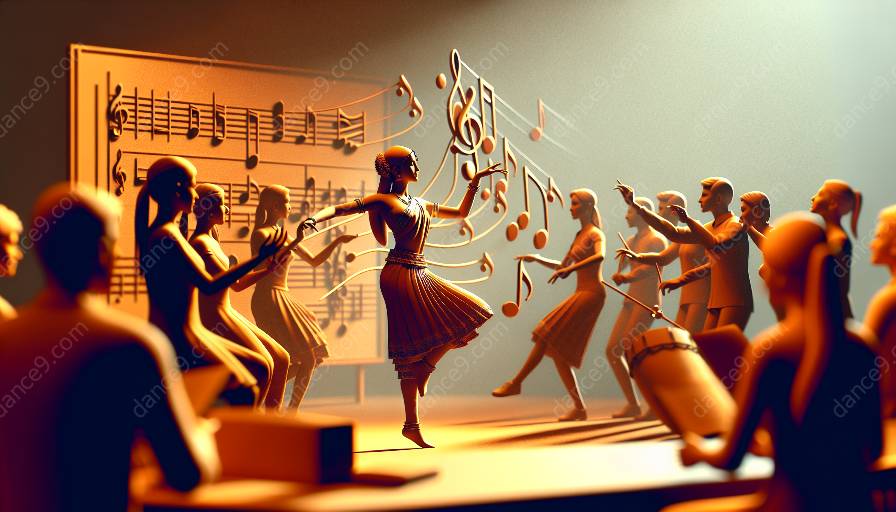Music and dance are profoundly interconnected art forms that have been intertwined throughout history, sharing a rich relationship that continues to inspire and influence both disciplines. The dynamic connection between music and dance has led to rich collaborative efforts and interdisciplinary exploration in both dance studies and the art of dance.
Exploring the Relationship between Dance and Music
The relationship between dance and music is deeply rooted in their shared ability to express and evoke emotions, stories, and cultural traditions. Both art forms are built on rhythm, movement, and expression, making them natural companions in the creative process. Music provides the rhythmic and melodic structure that guides the movement and expression of dance, while dance adds a visual and kinetic dimension to the music, creating a multi-sensory experience for the audience.
The Significance of Interdisciplinary Collaboration
Interdisciplinary collaboration between music and dance offers an opportunity for artists and scholars to push the boundaries of creativity, expression, and innovation. By working together, musicians and dancers can explore new artistic possibilities, challenge traditional boundaries, and create dynamic, immersive performances that blur the lines between the two art forms.
Furthermore, interdisciplinary collaboration facilitates a deeper understanding of the cultural, historical, and social contexts within which music and dance exist. Through collaborative projects, artists and researchers can examine the interplay between music and dance in different cultures and time periods, shedding light on the interconnectedness of human expression and experience.
Implications for Dance Studies
Within the field of dance studies, interdisciplinary collaboration with music offers valuable insights into the choreographic process, performance dynamics, and audience reception. Scholars and practitioners can investigate how music shapes the creation and interpretation of dance, and vice versa, leading to a more comprehensive understanding of the artistic and communicative potential of both disciplines.
Additionally, interdisciplinary research and collaboration can inspire new pedagogical approaches in dance education, integrating musical knowledge and practices into dance training curricula, and vice versa. This approach enriches the learning experience for dancers, empowering them to develop a more holistic understanding of their art and its interconnectedness with music.
Conclusion
Interdisciplinary collaboration between music and dance is an essential component of artistic exploration and academic inquiry. By recognizing the profound relationship between the two art forms and embracing collaborative efforts, artists and scholars can expand the boundaries of creativity, deepen their understanding of cultural expressions, and cultivate a more integrated approach to artistic practice and research.

















